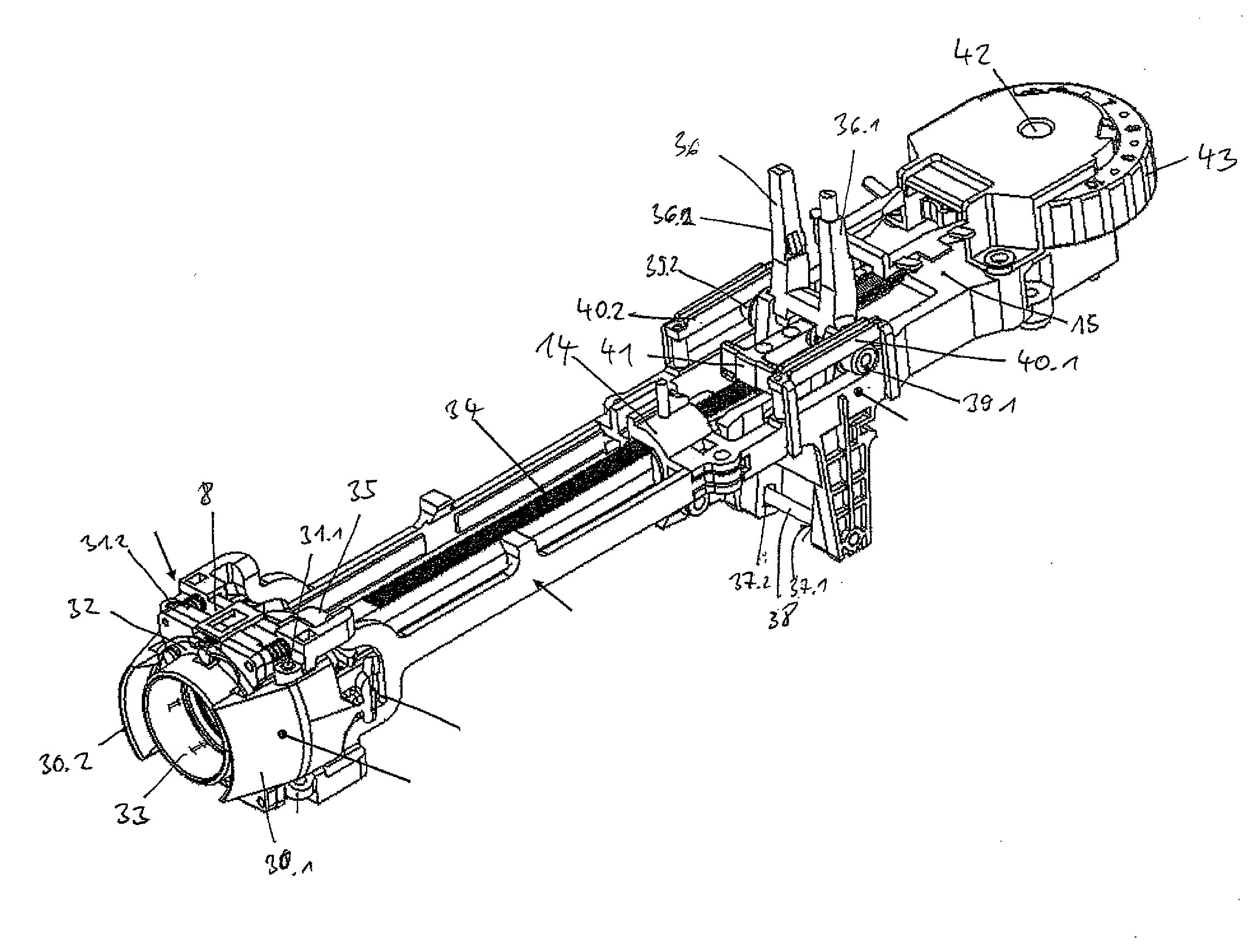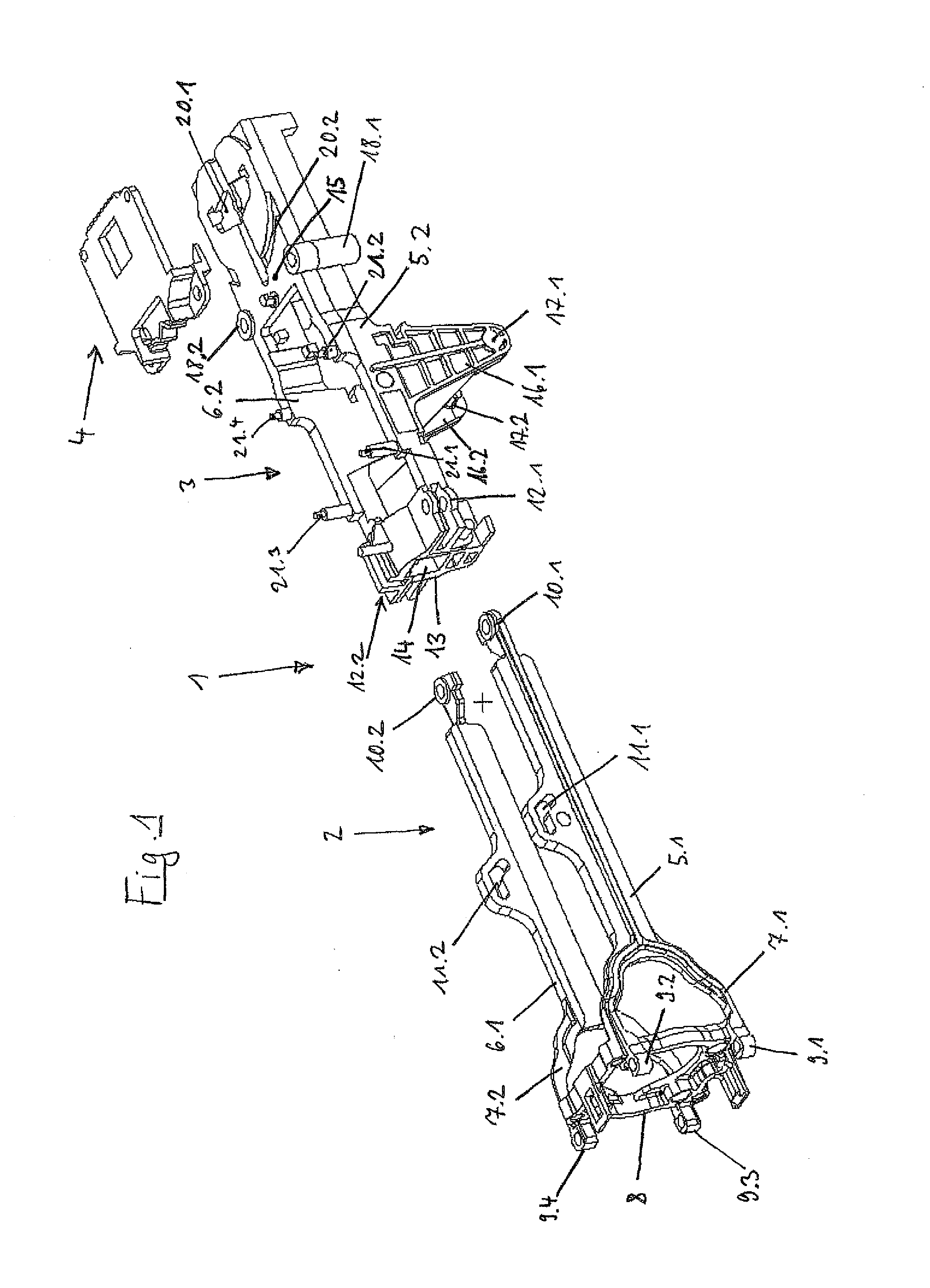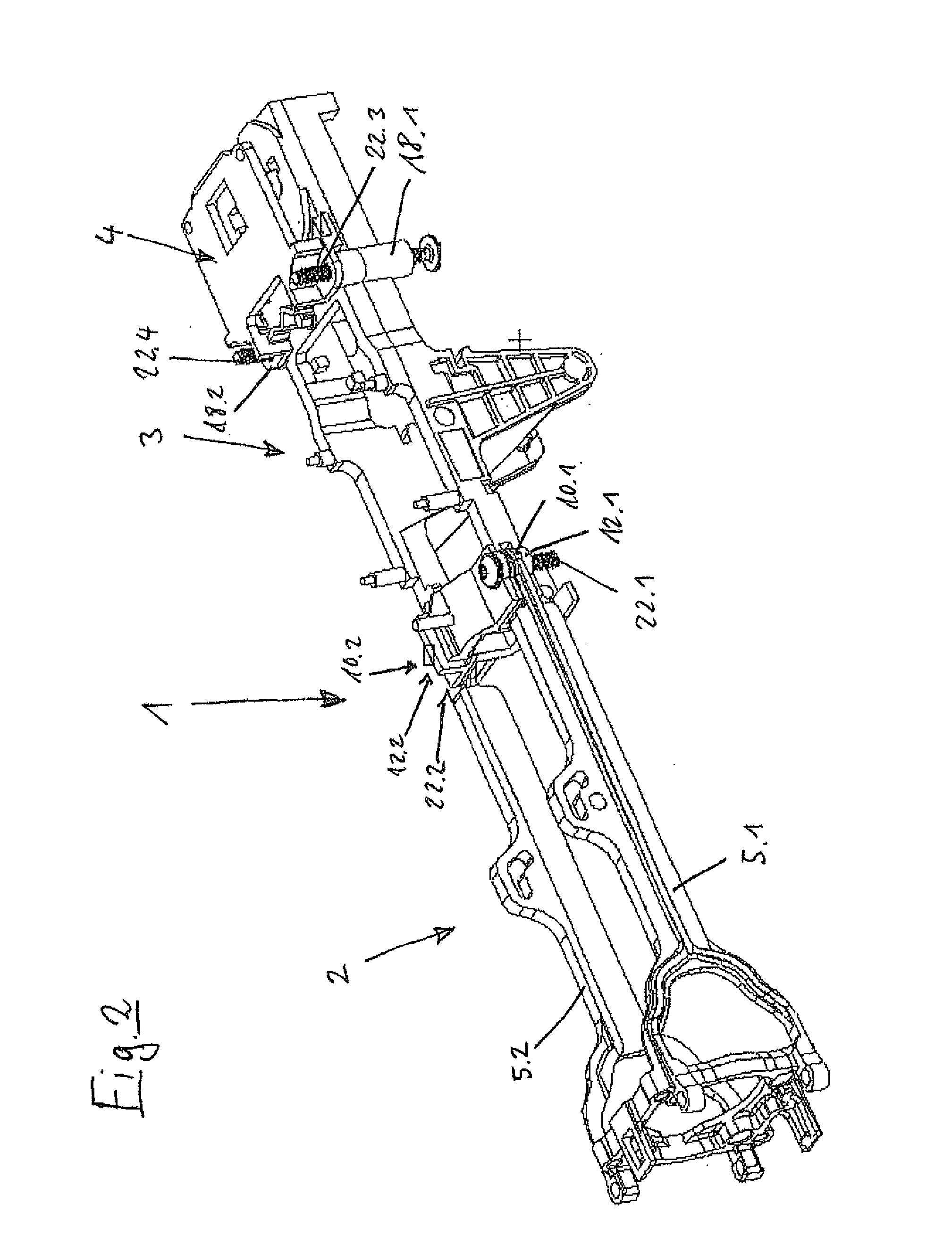Manual Dosing Device
a dosing device and manual technology, applied in the field of manual dosing devices, can solve the problems of reducing the selection of usable materials, affecting the selection of materials, so as to reduce the stress on the housing, and facilitate the selection
- Summary
- Abstract
- Description
- Claims
- Application Information
AI Technical Summary
Benefits of technology
Problems solved by technology
Method used
Image
Examples
Embodiment Construction
[0055]While this invention may be embodied in many different forms, there are described in detail herein a specific preferred embodiment of the invention. This description is an exemplification of the principles of the invention and is not intended to limit the invention to the particular embodiment illustrated
[0056]In this patent application, the terms “bottom” and “top” refer to the preferred alignment of the manual dosing device when dosing in which the elongated housing is vertically aligned, and the syringe or pipette tip is arranged below the housing.
[0057]The manual dosing device shown in FIGS. 1 to 6 is a dispenser, i.e., a positive displacement dosing device by means of which a syringe can be emptied in a plurality of steps.
[0058]According to FIG. 1, the frame 1 comprises a bottom part 2 and a top part 3. The top part 3 is assigned a cover 4 to hold a dial.
[0059]The bottom part comprises two parallel, strip-shaped longitudinal members 5.1, 6.1. These are connected at the bo...
PUM
 Login to View More
Login to View More Abstract
Description
Claims
Application Information
 Login to View More
Login to View More - R&D
- Intellectual Property
- Life Sciences
- Materials
- Tech Scout
- Unparalleled Data Quality
- Higher Quality Content
- 60% Fewer Hallucinations
Browse by: Latest US Patents, China's latest patents, Technical Efficacy Thesaurus, Application Domain, Technology Topic, Popular Technical Reports.
© 2025 PatSnap. All rights reserved.Legal|Privacy policy|Modern Slavery Act Transparency Statement|Sitemap|About US| Contact US: help@patsnap.com



